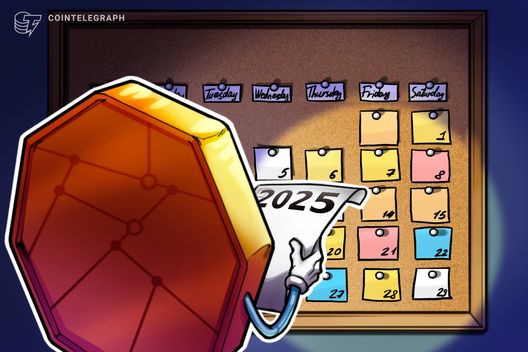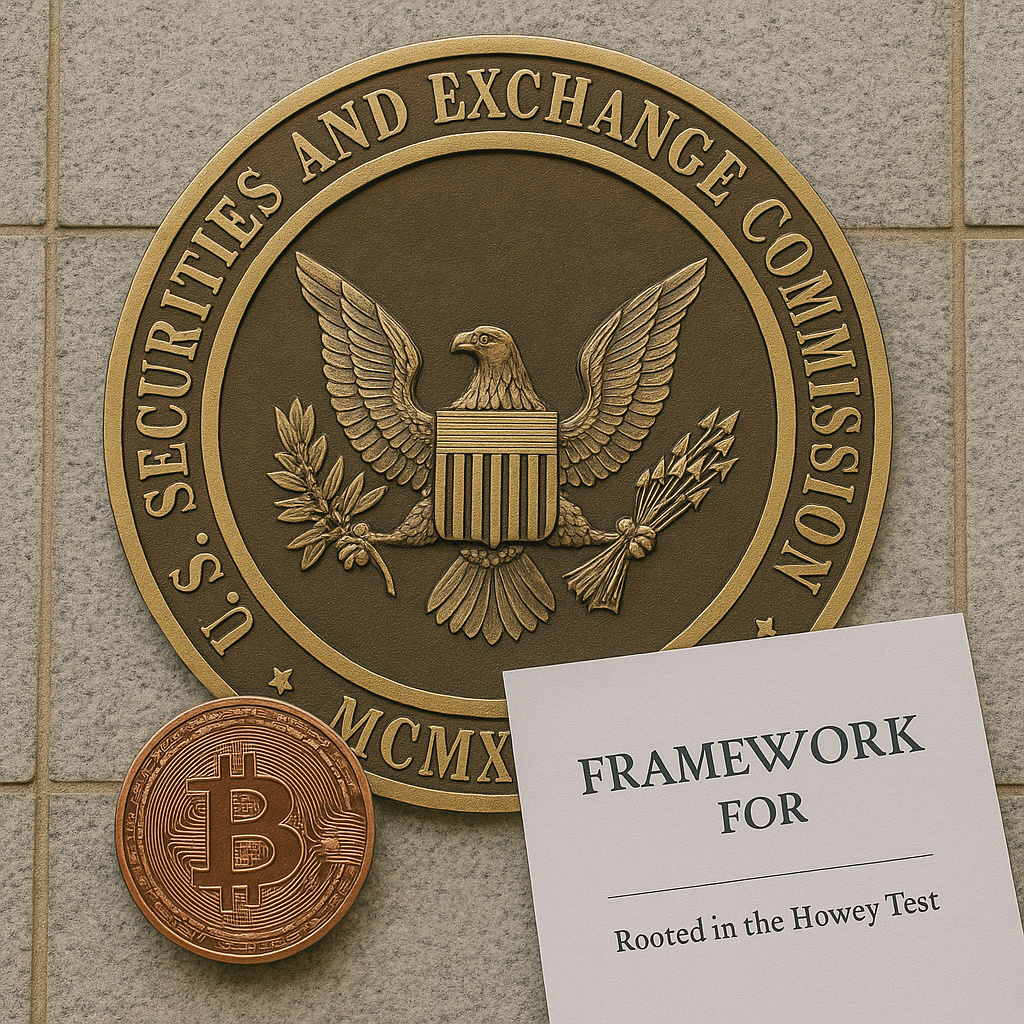ARTICLE AD BOX

- Cantor Fitzgerald has shown confidence in Solana, calling it a smart option for corporate treasuries because of its speed and low fees.
- According to their analysis, Solana-based treasuries could deliver better performance, making it an alternative to Ethereum.
Cantor Fitzgerald, a well-known Wall Street firm, has initiated coverage on three public companies, DeFi Development (DFDV), Upexi (UPXI), and Sol Strategies (HODL), giving them an overweight rating. That basically means they see these companies as undervalued, especially given how much Solana they hold.
According to Cantor analysts, Thomas Shinke, “using Solana over Ether as a treasury asset makes sense,” thanks to Solana’s fast, low-cost, and unified ecosystem.
DeFi Development Corp is a Nasdaq-listed firm that has gone all in on Solana. By early May, they had accumulated roughly 317,273 SOL, worth around $48 million. They also acquired a validator stake of 500,000 SOL to generate native revenue directly from the network. Just a few weeks later, CNF reported that their holdings swelled to 621,313 SOL. According to analyst Thomas Shinke, the company is now well-positioned to raise up to $250 million in capital, potentially trading at a premium of 250% over its holdings.
Meanwhile, Upexi is also shaping up to be the flagship Solana treasury company. With more than $100 million in venture backing, it made a strong entrance in April 2025 by acquiring 597,002 SOL, roughly $102 million worth, through a $100 million private placement. Later, Upexi increased its holdings to 201,500 SOL (valued at $30 million), which it began staking to earn an estimated $2.4 million annually in rewards. Shinke projects that Upexi, too, could raise around $250 million through capital markets with a 200% premium attached.
Then there’s Sol Strategies, formerly known as Cypherpunk Holdings. The Canadian firm kicked off the year by raising CAD $27.5 million via convertible debentures, aimed at bolstering SOL accumulation and validator operations. By May, they had secured a massive $500 million convertible note facility and began deploying funds, using the first tranche, about $18 million, to acquire 122,524 SOL at approximately $148 per token. They’ve also filed a $1 billion shelf prospectus to support future fundraising.
Solana vs. Ethereum
Cantor’s report draws contrasts between Solana and Ethereum, highlighting why Solana is gaining attention. One of the takeaways? Solana can handle up to 65,000 transactions per second (TPS) with near-zero fees. It is more efficient than Ethereum (ETH) because it provides a single-layer, monolithic architecture. Meaning there is no need to design around different L2 solutions. There’s more. Cantor emphasized that Solana is becoming something bigger: a full-stack financial operating system, not just another smart contract platform.
“Developer growth on SOL has far exceeded that on ETH recently, and we expect this to continue,” Cantor analyst Thomas wrote
Using SOL over ETH as a treasury asset makes sense: these businesses think that SOL can overtake ETH, which currently has a market cap that is ~259% higher.
While Solana is gaining momentum, it still faces more volatility than Bitcoin (BTC) and trails behind Ethereum (ETH) in total value locked (TVL). Currently, Solana has approximately $8.63 billion worth of assets locked in its DeFi protocols, which is still significantly lower than Ethereum’s $63.5 billion. Price-wise, SOL is trading at around $152, up 8.24% in the last 24 hours, whereas ETH is trading near $2,585, having risen 3.41%.
.png)
 4 months ago
7
4 months ago
7








 English (US)
English (US)